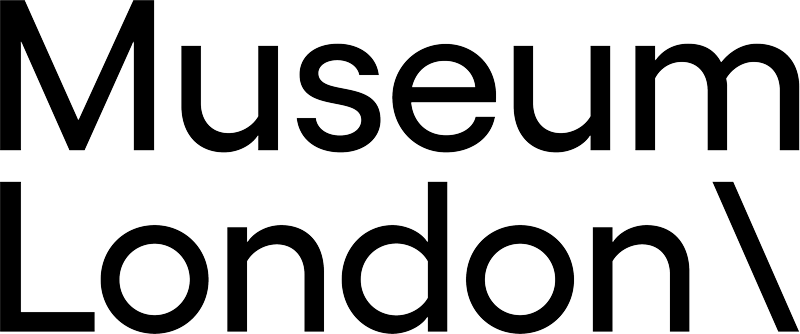Ouija Board
DimensionsBoard: 45.5 x 30.5 cm
Planchette: 11 x 13.5 x 3.7 cm
Planchette: 11 x 13.5 x 3.7 cm
Credit LineGift of Mr. and Mrs. G.C. Tomlinson, 1978.
Object number1978.044.057
Label TextThis is a Ouija Board, a game or device, if you prefer, for communicating with spirits. Today, Parker Brothers’ Ouija Board is second only to Monopoly in sales. Indeed, whether viewed as a mystical oracle or a source of family entertainment, the Ouija Board has enjoyed much popularity since it first entered the market in the late nineteenth century. But who dreamed up such a thing?
The device was the product of a mid-nineteenth century interest in spiritualism, the belief that the dead are able and willing to communicate with the living. Initially, spiritualists employed cumbersome and time consuming ways to find out what spirits had to say. Participants in “spirit rapping” sessions, for instance, listened for mysterious knocks from the supernatural to construct messages in response to questions. Later, mediums practiced “automatic writing,” in which they wrote down messages received from the spirit world. At first, they did this free-hand. Then they used a “planchette,” a small table on wheels, which held a pencil against a piece of paper beneath it. By the 1880s, this developed into the “spirit board,” on which letters were printed. The planchette became a pointer that indicated letters to spell out messages in response to questions.
William Fuld’s “Ouija, the Mystifying Oracle Talking Board” was the most successful of the spirit boards. It featured the alphabet, numbers, and the words “yes,” “no,” and “good bye.” The name “Ouija,” Fuld explained, came from the spirits who, when asked what the device should be called, spelled out O-U-I-J-A on the board. Is it too prosaic to suggest that Fuld instead combined the French and German words for “yes” just as the penname of a popular author of the time, “Ouida,” combined the French and Russian words for “yes”? The newly-marketed Ouija Board did not require a medium. It simply needed two or more people to place their fingertips on the planchette. As they asked questions of spirits, they watched its movements on the board to determine the answers. Believing that spirits could talk through the board, participants accepted that the planchette moved through the spirits’ intervention. By this means, the spirits communicated messages.
But even before the Ouija Board, nineteenth century scientists had proven that objects that seemed to move without human intervention didn’t. In 1852, Dr. William B. Carpenter coined the term “ideomotor action,” which he defined as the “influence of suggestion in modifying and directing muscular action.” Carpenter and other scientists found that an individual’s muscles behave unconsciously according to an expectation. If people expected the planchette to move on the Ouija Board, their unconscious movements made it happen. As for the messages that were constructed, they were the answers that participants unconsciously wanted to receive to the questions they asked. So much for communicative spirits.
NameSet, Ouija
CopyrightImage © Toni Hafkenscheid
c. 1930s
c. 1930
After 1946






